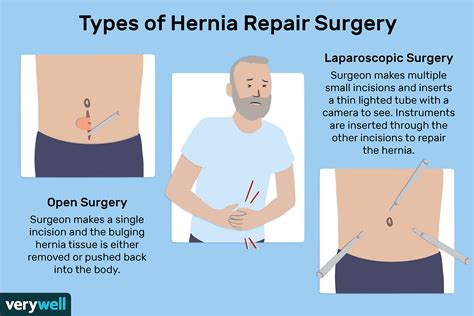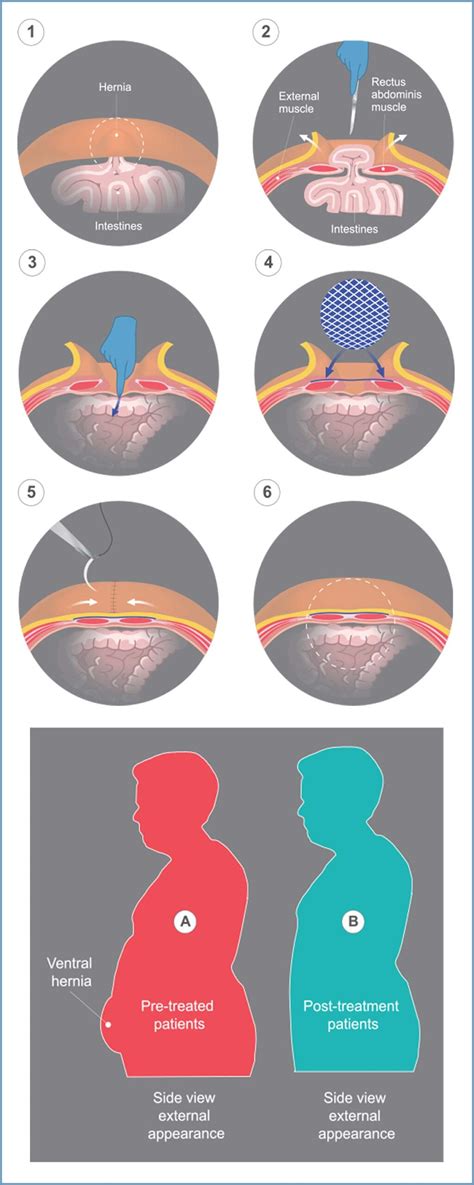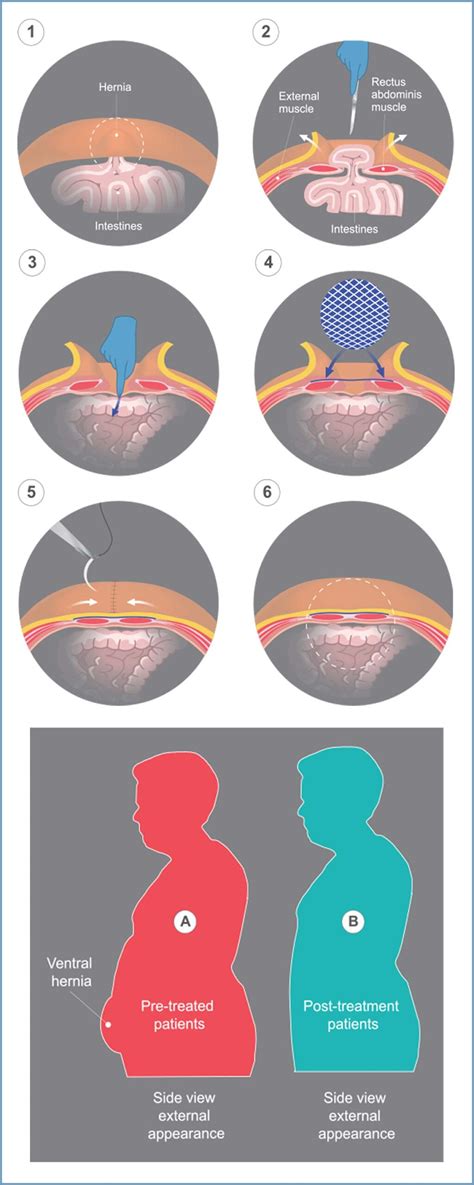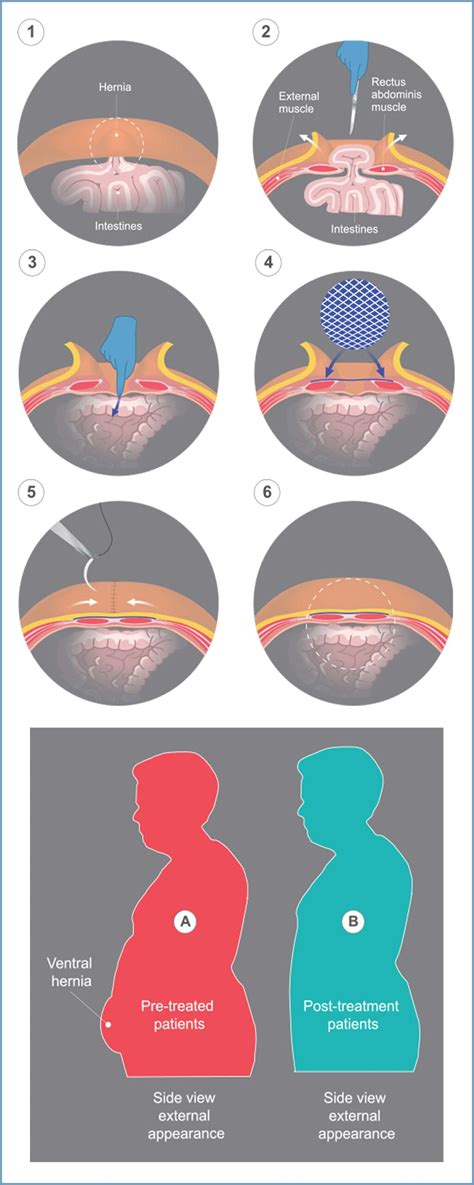Intro
Learn about Navel Hernia Surgery Repair, a minimally invasive procedure fixing umbilical hernias, belly button hernias, and abdominal wall defects, using laparoscopic techniques and mesh repair for effective treatment and quick recovery.
The navel, also known as the belly button, is a common site for hernias to occur. A navel hernia, also referred to as an umbilical hernia, happens when part of the intestine or other tissue bulges through a weak spot in the abdominal wall near the navel. This condition can be painful and may require surgical intervention to repair. Understanding the importance of navel hernia surgery repair is crucial for individuals who are experiencing symptoms or have been diagnosed with this condition.
Navel hernias can affect anyone, regardless of age or gender. However, they are more common in infants and young children, as well as in adults who are overweight or have a family history of hernias. The symptoms of a navel hernia may include a bulge or swelling near the navel, discomfort or pain in the abdomen, and in some cases, nausea and vomiting. If left untreated, a navel hernia can lead to serious complications, such as bowel obstruction or strangulation, which can be life-threatening. Therefore, it is essential to seek medical attention if symptoms persist or worsen over time.
The decision to undergo navel hernia surgery repair is often made after a thorough evaluation by a healthcare provider. The diagnosis of a navel hernia typically involves a physical examination and imaging tests, such as an ultrasound or CT scan. The treatment options for navel hernias depend on the size and severity of the hernia, as well as the individual's overall health. In some cases, a healthcare provider may recommend watchful waiting or lifestyle modifications, such as weight loss or avoiding heavy lifting. However, for many people, surgical repair is the most effective way to alleviate symptoms and prevent complications.
Navel Hernia Surgery Repair Overview

Navel hernia surgery repair is a relatively common procedure that can be performed using open or laparoscopic techniques. The goal of surgery is to repair the weak spot in the abdominal wall and prevent the hernia from recurring. The type of surgery used depends on the size and location of the hernia, as well as the individual's overall health and medical history. Open surgery involves making a single incision near the navel to access the hernia, while laparoscopic surgery uses several small incisions and a camera to visualize the hernia and repair it.
Benefits of Navel Hernia Surgery Repair
The benefits of navel hernia surgery repair include relief from symptoms, such as pain and discomfort, and prevention of complications, such as bowel obstruction or strangulation. Additionally, surgical repair can improve quality of life by allowing individuals to return to their normal activities without restriction. Some of the advantages of navel hernia surgery repair include: * Relief from symptoms, such as pain and discomfort * Prevention of complications, such as bowel obstruction or strangulation * Improved quality of life * Reduced risk of recurrence * Minimally invasive techniques, such as laparoscopic surgery, which can result in less pain and scarringHow Navel Hernia Surgery Repair Works

Navel hernia surgery repair typically involves several steps, including preparation, anesthesia, and post-operative care. The preparation phase involves evaluating the individual's overall health and medical history, as well as discussing the risks and benefits of surgery. Anesthesia is used to ensure comfort during the procedure, and the type of anesthesia used depends on the individual's health and the type of surgery being performed. The surgical procedure itself typically involves making an incision near the navel, repairing the weak spot in the abdominal wall, and closing the incision.
Steps Involved in Navel Hernia Surgery Repair
The steps involved in navel hernia surgery repair include: 1. Preparation: Evaluating the individual's overall health and medical history, as well as discussing the risks and benefits of surgery. 2. Anesthesia: Administering anesthesia to ensure comfort during the procedure. 3. Incision: Making an incision near the navel to access the hernia. 4. Repair: Repairing the weak spot in the abdominal wall using sutures or mesh. 5. Closure: Closing the incision and applying dressings or bandages.Risks and Complications of Navel Hernia Surgery Repair

As with any surgical procedure, there are risks and complications associated with navel hernia surgery repair. These may include infection, bleeding, and reaction to anesthesia. Additionally, there is a risk of recurrence, which can be minimized by following post-operative instructions and attending follow-up appointments. Some of the potential risks and complications of navel hernia surgery repair include:
- Infection
- Bleeding
- Reaction to anesthesia
- Recurrence
- Adhesions or scar tissue
Minimizing Risks and Complications
To minimize the risks and complications of navel hernia surgery repair, it is essential to follow post-operative instructions and attend follow-up appointments. This may include taking medications as directed, avoiding heavy lifting or strenuous activities, and monitoring for signs of infection or complications. Additionally, maintaining a healthy weight, eating a balanced diet, and avoiding smoking can help reduce the risk of recurrence.Recovery and Aftercare

The recovery and aftercare for navel hernia surgery repair typically involve several weeks of rest and relaxation. During this time, it is essential to follow post-operative instructions and attend follow-up appointments to monitor for signs of infection or complications. Some of the key aspects of recovery and aftercare include:
- Rest and relaxation: Avoiding heavy lifting or strenuous activities for several weeks.
- Pain management: Taking medications as directed to manage pain and discomfort.
- Wound care: Monitoring the incision site for signs of infection and keeping it clean and dry.
- Follow-up appointments: Attending follow-up appointments to monitor for signs of infection or complications.
Tips for a Smooth Recovery
To ensure a smooth recovery, it is essential to follow post-operative instructions and attend follow-up appointments. Additionally, maintaining a healthy weight, eating a balanced diet, and avoiding smoking can help reduce the risk of recurrence. Some tips for a smooth recovery include: * Taking medications as directed * Avoiding heavy lifting or strenuous activities * Monitoring for signs of infection or complications * Maintaining a healthy weight * Eating a balanced dietNavel Hernia Surgery Repair Cost

The cost of navel hernia surgery repair can vary depending on several factors, including the location, surgeon, and type of surgery. On average, the cost of navel hernia surgery repair can range from $5,000 to $20,000 or more. It is essential to discuss the cost with a healthcare provider or insurance company to determine the out-of-pocket expenses.
Insurance Coverage
Navel hernia surgery repair is typically covered by insurance, but the extent of coverage may vary depending on the policy and provider. It is essential to check with the insurance company to determine the coverage and out-of-pocket expenses.What is a navel hernia?
+A navel hernia, also referred to as an umbilical hernia, occurs when part of the intestine or other tissue bulges through a weak spot in the abdominal wall near the navel.
What are the symptoms of a navel hernia?
+The symptoms of a navel hernia may include a bulge or swelling near the navel, discomfort or pain in the abdomen, and in some cases, nausea and vomiting.
What are the risks and complications of navel hernia surgery repair?
+The risks and complications of navel hernia surgery repair may include infection, bleeding, and reaction to anesthesia, as well as recurrence.
In conclusion, navel hernia surgery repair is a common and effective procedure for alleviating symptoms and preventing complications. By understanding the benefits, risks, and complications of navel hernia surgery repair, individuals can make informed decisions about their care. If you or someone you know is experiencing symptoms of a navel hernia, it is essential to seek medical attention to discuss treatment options. We invite you to share your experiences or ask questions in the comments below, and we encourage you to share this article with others who may be interested in learning more about navel hernia surgery repair.
